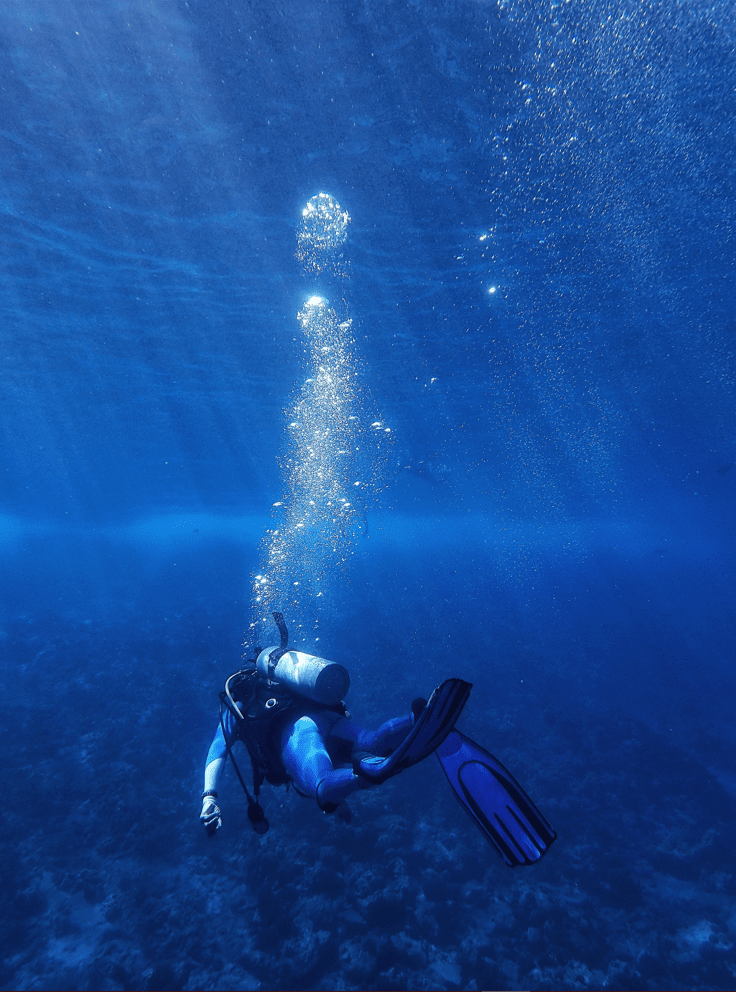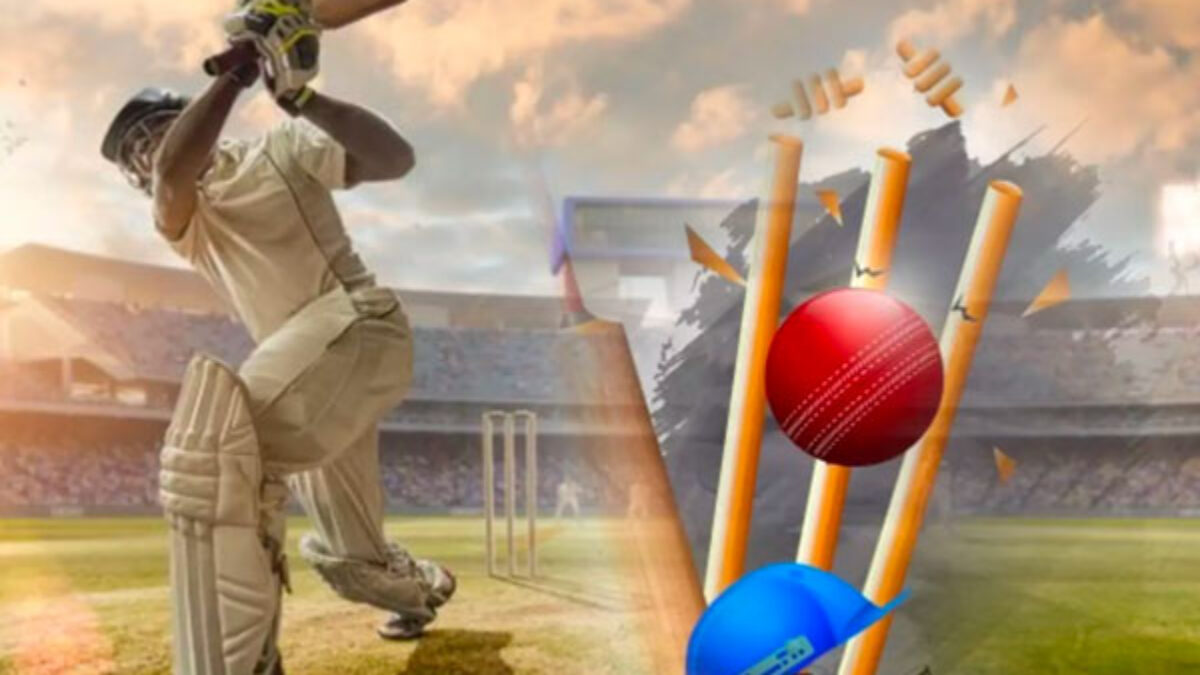Introduction:- Sports diving, also known as competitive diving, is a thrilling aquatic discipline that combines artistry, athleticism, and precision. Diving athletes gracefully soar through the air before executing complex acrobatic maneuvers and entering the water with remarkable precision. The sport demands a unique blend of physical fitness, mental focus, and aesthetic finesse. In this comprehensive exploration, we will delve into the fascinating world of sports diving, examining its history, different disciplines, rules, equipment, and the incredible athletes who make it such a captivating spectacle.
The History of Sports Diving
Diving has a rich history that can be traced back to ancient times. It was initially practiced for various purposes, such as fishing, pearl diving, and military reconnaissance. However, competitive diving as we know it today has its roots in Europe during the 18th century. The first recorded diving competition was held in Germany in 1863, and it marked the beginning of modern sports diving.
Competitive diving was introduced to the Olympic Games in 1904 and has been a fixture in the event ever since. Over the years, the sport has evolved, with changes in rules, scoring systems, and equipment. Today, sports diving is a global phenomenon, with numerous international competitions, including the FINA Diving World Cup and the World Diving Championships.
Different Disciplines in Sports Diving
Sports diving encompasses several disciplines, each with its own unique characteristics and challenges. The two primary disciplines in sports diving are springboard diving and platform diving.
-
Springboard Diving:
- 1-Meter Springboard: In this discipline, athletes perform from a 1-meter springboard, executing a variety of acrobatic maneuvers. The relatively low height demands quick and precise movements.
- 3-Meter Springboard: Divers perform from a 3-meter springboard, adding complexity to their routines. The increased height allows for more intricate and challenging dives.
- Synchronized Springboard: This discipline involves pairs of divers performing synchronized dives from the 3-meter springboard. Synchronization and precise timing are key components of success in this event.
-
Platform Diving:
- 10-Meter Platform: Platform diving is known for its extreme height, with divers executing breathtaking maneuvers from a 10-meter platform. The 10-meter platform event is often considered the most elite and challenging discipline in sports diving.
- Synchronized Platform: Similar to synchronized springboard, synchronized platform diving features pairs of divers performing synchronized dives from the 10-meter platform. The heightened platform adds an extra layer of complexity to the synchronization.
Rules and Scoring in Sports Diving
Sports diving competitions are governed by strict rules and scoring systems to ensure fairness and accuracy. Divers are evaluated based on several criteria:
-
Degree of Difficulty: Each dive has an assigned degree of difficulty (DD), which takes into account the complexity of the dive. Dives with higher DD scores offer greater potential for higher overall scores.
-
Execution: Judges assess the execution of the dive, considering factors like approach, takeoff, posture in the air, and entry into the water. Points are deducted for imperfections.
-
Entry into the Water: The entry into the water is crucial, and divers aim to create minimal splash upon entry. A clean, vertical entry is highly valued by judges.
-
Synchronization (in synchronized events): In synchronized events, the degree of synchronization between two divers is a significant factor in scoring.
Scoring in diving is typically done on a scale of 0 to 10, with half-point increments. The highest and lowest scores from the panel of judges are eliminated, and the remaining scores are added together and multiplied by the degree of difficulty to determine the final score.
Diving Equipment
Divers use specialized equipment to enhance their performance and ensure their safety:
-
Diving Board: Springboard divers use either 1-meter or 3-meter springboards, while platform divers perform from a 10-meter platform. The springboards and platforms are carefully designed to provide the necessary spring and stability for divers to execute their maneuvers.
-
Swimsuits: Divers wear tight-fitting swimsuits that allow for maximum flexibility and minimal water resistance.
-
Goggles: Goggles are worn by some divers to protect their eyes and improve visibility, especially when practicing.
-
Diving Gear: Divers use a variety of diving gear, such as weights and belts, to help maintain their body positions and control their descent into the water.
The Diving Sequence
A typical diving competition consists of several rounds, during which divers perform a series of dives. The sequence of events is as follows:
Discover the latest in sports news, scores, and analysis Acrobat gymnastic and Cycle ball. Stay updated on your favorite teams and athletes with us
-
Approach: Divers prepare mentally and physically as they approach the diving board or platform.
-
Takeoff: The takeoff is a crucial phase where divers generate the necessary height, speed, and rotation for their dive. The takeoff is executed with precision to maximize the dive’s potential.
-
In-Air Maneuvers: While in the air, divers perform a series of complex acrobatic maneuvers. The specific dives and number of rotations vary depending on the dive’s degree of difficulty.
-
Entry: The entry into the water is the final part of the dive. Divers aim to enter the water vertically and with minimal splash. A clean entry is a testament to their skill and control.
-
Resurface: Divers resurface and swim to the edge of the pool to complete their dive.
The Beauty of Sports Diving
One of the most captivating aspects of sports diving is its aesthetic appeal. Divers’ movements are graceful and precise, resembling a dance in mid-air. Their bodies become an artistic canvas as they twist, spin, and somersault, leaving spectators in awe of their athleticism and artistry. The combination of physical strength and control, along with the fluidity of movement, makes sports diving a visual spectacle.
The dedication and countless hours of practice that divers commit to perfecting their routines are truly commendable. Achieving such perfection in diving is a testament to their unwavering discipline and pursuit of excellence.
The Athletes: Masters of the Water
The world of sports diving is home to exceptional athletes who possess extraordinary skills and dedication. These divers must overcome physical and mental challenges to perform at the highest level.
Physical Fitness: Divers need to be in peak physical condition to execute their demanding routines. They must possess strength, flexibility, and balance. Regular training includes strength and endurance exercises, along with flexibility and core strengthening.
Mental Toughness: The mental aspect of diving is equally important. Divers must have the mental strength to overcome fear and anxiety, especially when performing from great heights. They rely on concentration and visualization to execute their dives flawlessly.
Dedication and Hard Work: Achieving success in sports diving requires a significant time commitment. Athletes spend countless hours practicing their dives, refining their technique, and perfecting their routines. Their dedication to the sport is unwavering.
Inspirational Divers: The world of sports diving has seen many inspirational figures who have left a lasting impact on the sport. Athletes like Greg Louganis, Fu Mingxia, and Guo Jingjing have become legends in the world of diving, winning numerous Olympic and World Championship medals.
Diversity in Sports Diving: Diving is a sport that embraces diversity. Athletes from various countries, backgrounds, and age groups participate in the sport, creating a rich tapestry of talent and experiences.
Conclusion
Sports diving is a captivating and thrilling aquatic discipline that combines athleticism, artistry, and precision. From its ancient origins to its place in modern Olympic competition, the sport has evolved and continues to capture the hearts of audiences worldwide. With its various disciplines, strict rules and scoring systems, and unique equipment, sports diving challenges athletes to perform at the highest level of excellence.
The athletes who master this sport are a testament to the human potential for physical and mental achievement. Their dedication, hard work, and unwavering commitment to perfection make them true inspirations to all who appreciate the beauty and thrill of sports diving. Whether you’re a spectator or an aspiring diver, the world of sports diving offers something truly special for everyone to admire and enjoy.





